76 F. high in the Twin Cities Wednesday.
61 F. average high on October 9.
50 F. high on October 9, 2012.
1977:
A few locations received early snow, including Minneapolis with 2.5
inches, Gaylord with 2 inches, and Jordan with 2 inches of snow.
1970:
Early snowfall was recorded in west central Minnesota. Snow totals
ranged from a trace to 4.2 inches in Benson. Other areas included
Montevideo with 4 inches, Canby with 3.2 inches, Morris with 2.6 inches,
Willmar with 2.5 inches. New London, New Ulm, and Buffalo all recorded 2
inches of snowfall.
1949:
Bizzare storm brings Hurricane force winds across Minnesota. This was
possibly the strongest non-thunderstorm winds seen in Minnesota. Top
winds were clocked at 100 mph at Rochester, with a gust of 89 mph at the
Twin Cities International Airport. 4 deaths and 81 injuries were
reported. Numerous store windows were broken, and large chimneys
toppled. The top 10 floors of the Foshay building were evacuated with
the tenants feeling seasick from the swaying building.
1928:
Record high temperatures were set across central Minnesota with high in
the upper 80s to lower 90s. (information courtesy of the Twin Cities
National Weather Service.
H2O Envy
When
will MSP International add condos, something with a nice runway view,
for all those hard-charging, MQM-obsessed road warriors? OK. Not one of
my better ideas.
I'm in dry, dusty Phoenix for a speech on weather
& climate trends. It's true that Minnesota is blessed with a rich
constellation of lakes and underground aquifers; plenty of fresh water
to go around.
People living in the west don't take water for
granted. Most urban areas rely on the Colorado River, which is stressed
from increasingly fickle winter snows and perpetual drought. Dry areas
are trending even drier; fueling larger, more intense wildfires.
As
these trends accelerate many western states may look to Minnesota and
the Great Lakes as an alternative, a "water safety net".
Wait for it.
Today
should rub you the right way: more 70s under a sky that would feel
right at home on Labor Day. A fleeting shower tomorrow heralds the
arrival of a cooler front this weekend; 50s by Sunday under a dry,
partly sunny sky.
You might want to check out the flaming fall
foliage this weekend. Steady rain arrives late Monday into Wednesday of
next week as highs slip into the 40s. Next week will feel like October; a
metro frost 1 week from Saturday? For the record, that's about 2 weeks
later than average. Whatever "average" is these days.
* image above: ThinkStock.
Reality Check.
Nothing frigid is brewing, but next week at this time there will be NO
doubt in your mind that it's October. Expect 70s today and Friday, then
50s by Sunday, a few days in the 40s next week with a cold rain late
Monday into early Wednesday. ECMWF guidance is hinting at a little wet
snow mixing with the rain showers next Friday. Assuming skies clear a
metro-wide frost is possible next Saturday, October 19.
A Light-Jacket Weekend.
The 12km. NAM forecast above shows expected temperatures at 4 pm
Saturday, highs in the upper 50s to near 60 around the metro area,
closer to average. Map: Ham Weather.
East Coast Beach Erosion.
Some of the soggy remains of last week's Tropical Storm Karen, which
fizzled in the Gulf of Mexico, is combining with a stalled high pressure
bubble to create a sustained period of high winds and minor to moderate
coastal flooding from the Carolinas northward to New Jersey. Meanwhile
the next strong storm pushes a band of showers across the Upper Midwest
Friday, setting the stage for a cooler weekend. NAM Future Radar loop
courtesy of NOAA and Ham Weather.
Increasing October Chill - Stronger Winds.
GFS guidance looking out 192 hours shows strong and persistent winds
whipping up along the East Coast, a storm over the Southwest USA
sparking a few wind-whipped showers today, amplifying into a significant
storm over the Plains and Midwest by the weekend, but without the drama
of last weekend (blizzards and EF-4 tornadoes). Map above shows
forecast 10 meter wind speeds and surface pressures, courtesy of NOAA
and
Ham Weather.
Increasingly Frost-Free. This October is a shining example of longer-term trends with Minnesota's growing season. The graphic above, courtesy of
Climate Central, shows a
9 day increase in the growing season between 1991 and 2011, relative to 1901-1960.
9 Extra Frost-Free Days.
There's a fairly compelling data set showing that Minnesota is
experiencing 9 more days of frost-free weather than during the beginning
of the 20th century. Out west, especially the Southwest USA, the number
jumps as high as 21 extra days without frost. Details, and a fall color
update, a look at how milder weather, deeper into autumn may be
impacting photosynthesis and the vibrancy of those peaking fall colors -
all in today's edition of
Climate Matters.
Length Of The Growing Season. The
EPA has more details on America's longer growing season. Here's an excerpt:
*
The average length of the growing season in the contiguous 48 states
has increased by nearly two weeks since the beginning of the 20th
century. A particularly large and steady increase occurred over the last
30 years.
* The length of the growing season has increased more
rapidly in the West than in the East. In the West, the length of the
growing season has increased at the average rate of about 22 days per
century since 1895, compared with a rate of about eight days per century
in the East.
Federal Shutdown Affects Weather Agencies. Here's an excerpt of an article at
The Tribune, serving San Luis Obispo: "
Effects
of the federal government shutdown have extended to weather-related
agencies. The National Weather Service will continue to operate through
the ongoing shutdown. Last week about 4,000 weather service employees
were excepted from the shutdown to support its mission of protecting
life and property. They will continue to issue forecasts and warnings
24-7. The employees don’t know when their next paycheck will arrive,
however. Many of the National Oceanic and Atmospheric Administration
(NOAA) web sites may not be available. For example, if you visit the
National Data Buoy Center webpage, you may get an unavailable message.
The government sequester combined with the shutdown not only is
affecting their websites, but more importantly, also having an impact on
marine buoy preventative maintenance, repair and replacement..."
Climatologist Says Slow Hurricane Season Winding Down.
Too much Saharan dust, too much wind shear, too much dry air. It's a
long laundry-list of meteorological alibis. Here's an excerpt from
Louisiana's
The Advertiser: "
Two-thirds
of the 2013 hurricane season is gone and, so far, no storms have hit
the Louisiana coast. Predictions for an active storm season appear to have been wrong,
says the state climatologist. With conditions in the Gulf of Mexico
becoming less hurricane-friendly, the likelihood of a major storm
hitting the Gulf Coast is decreasing daily, said Barry Keim, an LSU
professor and state climatologist. Gulf waters reached their maximum
temperature Sept. 10, which also is the peak of the storm season, and
have been cooling. But he said he learned long ago, “in the weather
world, never say never...” (Image: NOAA).
Study Of April 27, 2011 Tornadoes Affirms Theories About Causes. A story at
Claims Journal caught my eye - here's a clip: "...
A
new study of that outbreak gives forecasters and scientists who study
severe weather detailed meteorological data about what happened that
day, at the same time apparently affirming some new theories about
factors that might enhance tornado development. “The indications are
that gravity waves, topography and surface roughness each played at
least some role that day in creating tornadoes or making them more
powerful,” said Dr. Kevin Knupp, director of the Severe Weather
Institute – Radar and Lightning Laboratories (SWIRLL) at The University
of Alabama in Huntsville (UAH)..."
Flood Forensics: Why Colorado's Floods Were So Destructive. Here's an excerpt from an interesting story at
NPR: "...
If
the soil becomes too wet, mountainsides collapse — and flow downhill.
That's what happened across Colorado's northern Rockies. The floods
started with a wall of moist air from the Gulf of Mexico that got
trapped up against the Mountains, dumping almost a year's worth of rain
in four days. As the overflow coursed through mountain ravines and
canyons, it was like running a fire hydrant through a garden hose. But
it wasn't just water. Streams became rivers of trees, boulders — and an
avalanche of concrete. Farther along the highway, we find thousands of
uprooted trees, dumped in a jumble by a flooded stream. Above the
jumble, the stream bed has been scoured out..."
Photo credit above: "
This
aerial photo shows flood damage in Greeley Colo. during a helicopter
tour by Vice President Joe Biden, Gov. John Hickenlooper, and FEMA
officials, of flood-ravaged areas, Monday, Sept. 23, 2013." (AP Photo/The Denver Post, Kathryn Scott Osler, Pool).
Read more here: http://www.sanluisobispo.com/2013/10/05/2719236/federal-shutdown-affectweather.html#storylink=c
A Must-Watch Documentary.
PBS Frontline is one of the last bastions of consistently great TV
journalism these days, and they've upped the ante considerably with
their latest subject, concussions and football safety, not only in the
NFL, but among kids.
The program
goes nearly 2 hours, but the stories are powerful and compelling.
Disclaimer: I'm a football fan. I don't want any of this to be true. But
the data is the data and we probably need to keep our eyes wide open
about the long-term risks. Sound familiar?
Peak Soil: Why Nutrition Is Disappearing From Our Food.
So you're telling me I could live to be 100 if the soil provided more
nutrition? What do I do with THAT information? Details from
The Week; here's a clip: "
The
fountain of youth may be made of dirt. So supposes Steve Solomon in The
Intelligent Gardner: Growing Nutrient-Dense Food. He asserts that most
people could "live past age 100, die with all their original teeth, up
to their final weeks, and this could all happen if only we fertilize all
our food crops differently." It's a bold statement, but mounting
evidence suggests that remineralization could be the definitive solution
to our nutrient-light diet. Concerns about the quality of our food tend
to focus on the many evils of modern industrial farming,
but 10,000 years of agriculture have created a more insidious problem.
The minerals and phytonutrients historically derived from rich soil are diminishing in our produce and meat..." (Photo: AP).
*
Congress's approval rating is at a record low of 5% Only Congress could
make the meteorologists and economists look good. Details from
The Atlantic Wire.
Books Don't Want To Be Free. How did publishing escape the cruel fate of other culture industries? The
New Republic has the story; here's an excerpt: "...
If
you’re in the business of selling journalism, moving images, or music,
you have seen your work stripped of value by the digital revolution.
Translate anything into ones and zeroes, and it gets easier to steal and
harder to sell at a sustainable price. Yet people remain willing to
fork over a decent sum for books, whether in print or in electronic
form. “I can buy songs for 99 cents, I can read most newspapers for
free, I can rent a $100 million movie tonight for $2.99,” Russ
Grandinetti, Amazon’s vice president of Kindle content, told me in
January. “Paying $9.99 for a best-selling book—paying $10 for bits?—is
in many respects a very strong accomplishment for the business..."
Meet The Beer Fridge That Opens Only For Canadians. Time to get a Canadian passport. Then again... This is one of my favorite stories of the week;
Mental Floss has the breaking news; here's a clip: "
Next
time you backpack Europe, it may be a good idea to take along your
closest Canadian friend. You just might end up with all the free beer
you’d ever want. To bolster national pride, Canadian beer company Molson
placed beer fridges across Europe, from the streets of London and
Brussels to the pastures of Belgium. Inside those fire engine red
fridges? A free stockpile of Canadian suds. (Instead of planning a pub
crawl through Europe, might we suggest a fridge crawl?) A public fridge
chock full of free beer may sound like heaven to some, but there’s a
problem: It’s locked. And there’s only one way to open it—you have be
Canadian..."
Photo credit above: molsoncanadian.ca
TODAY: Too nice to work (much). Mild sun. Winds: S 15. High: 76
THURSDAY NIGHT: Partly cloudy, mild for mid-October. Low: 57
FRIDAY: More clouds, few showers. S 15-30+ High: 75
SATURDAY: Partly sunny and cooler. Wake-up: 54. High: 62
SUNDAY: Light jacket weather. Some sun. Wake-up: 44. High: 59
MONDAY: Clouds thicken, late PM rain. Wake-up: 42. High: 53
TUESDAY: Steadier, heavier rain expected. Wake-up: 42. High: 49
WEDNESDAY: Rain tapers, still raw. Wake-up: 40. High: 46
Climate Stories...
Alaska Sinks As Climate Change Thaws Permafrost. USA Today has the story; here's an excerpt: "...
The
pace of permafrost thawing is "accelerating," says Vladimir Romanovsky,
who runs the University of Alaska's Permafrost Laboratory in Fairbanks.
He expects widespread degradation will start in a decade or two. By
mid-century, his models suggest, permafrost could thaw in at least a
third of Alaska and by 2100, in two-thirds of the state. "This rapid
thawing is unprecedented" and is largely due to fossil-fuel emissions,
says Kevin Schaefer of the National Snow and Ice Data Center in Boulder,
Colo. He says it's already emitting its own heat-trapping carbon
dioxide and methane, but the amount will skyrocket in the next 20 to 30
years. "Once the emissions start, they can't be turned off." Telltale
signs are common — from huge potholes in parking lots to collapsed hill
slopes and leaning trees in what are called "drunken forests" in Denali
National Park, home of the majestic Mount McKinley — North America's
tallest peak...."
Photo credit above: "
Ruth
Macchione's old home in Fairbanks, Alaska, shown here on Aug. 26, is
sinking into the ground. Her late husband hand-built it with sturdy
logs, but the house rests on permafrost -- the top layer of which
freezes and thaws each year -- so it's now tilted.
" (Photo: Wendy Koch, USA TODAY).
Climate Change: Uncertainty Is Not A Call For Inaction. Here's an excerpt of an Op-Ed at Forbes: "...Yet,
a large part of the media coverage has been on a fact that is seen as
an argument in favour of climate sceptics. In the last 15 years,
temperatures have plateaued, that is they have essentially stayed at
their peak, while CO2 concentration has steadily increased.
This is not a serious argument against climate change; it is as if after
a month of June with constant temperatures, one would deny that summer
is coming. The climate models are supposed to accurately predict the
evolution of temperatures over decades not year after year. In fact,
similar plateaus have occurred before (temperatures were stable from the
1930s to the 1970s), and if current temperatures are below the
predictions of climate models, the ones in the previous 15 years period
were generally above..."
 D.C. Climate Will Shift In 2047 Researchers Say, Tropics Will Feel Unprecedented Change First
D.C. Climate Will Shift In 2047 Researchers Say, Tropics Will Feel Unprecedented Change First.
Most of the climate models show the greatest risk of 2 and 3-Sigma
events, 2 to 3 times the median in terms of extremes in temperature and
rainfall, over the tropics. Here's a clip from a
Washington Post article: "
Locations
around the globe will soon reach climactic tipping points, with some in
tropical regions — home to most of the world’s biodiversity — feeling
the first impacts of unprecedented eras of elevated temperatures as soon
as seven years from now, according to a study released Wednesday.
On average, locations worldwide will leave behind the climates that
have existed from the middle of the 19th century through the beginning
of the 21st century by 2047 if no progress is made in curbing emissions
of heat-trapping greenhouse gases, said researchers at the University of
Hawaii at Manoa, who sought to project the timing of that event for
54,000 locations..."
Warming Lake Superior Prompts A Tribe To Try A New Fish.
Arctic ice, glaciers and even large lakes are a good barometer of
long-term temperature trends. Here's an eyebrow-raising article at
The Daily Climate: "...
The lake is warming faster than the atmosphere, said Jim Kitchell, a professor at the University of Wisconsin, Madison, and senior author of a new study
examining the lake's fish. "Lake Michigan and Huron are warming but at
half the rate [of Superior]." Over the past 40 years, the large, deep
freshwater lake has had an average water temperature increase of about 5
degrees Fahrenheit, partly due to a 50 percent ice cover reduction over
the same time. Such changes have increased suitable living areas for
walleye by 223 square miles, one-and-a-half times the footprint of the
city of Detroit. Chinook salmon and lean lake trout have seen habitat
increase by 191 and 161 square miles, respectively, according to the
study from Kitchell and colleagues..."
Preparing Minnesota for Climate Change: A Conference on Climate Adaptation.
This daylong event is being held Thursday, November 7, 2013 9 am - 5:30
pm, followed by a reception at The Science Museum of Minnesota in St.
Paul. This is the first annual gathering of local and state experts
covering a diverse range of topics related to climate mitigation and
adaptation in Minnesota, and some tickets are still available. I'll be
there; if you're personally interested in this topic, or have an
interest in possible impacts on your business or public sector duties in
the years ahead you should plan on attending. Here's a good overview
from the organizer of the event, Dr. Mark Seeley: "
The first ever
statewide conference on climate change adaptation practices will take
place at the Science Museum in downtown St Paul on November 7, 2013 from
9:00 am to 5:30 pm. The cost for the conference is modest at $60 and
includes lunch, breaks, parking, and a free pass to the Science Museum.
This conference which is titled “Preparing Minnesota for Climate Change:
A Conference on Climate Adaptation” has been designed by those who have
been measuring and documenting the changing climate attributes in the
state and their associated consequences. Professionals who have worked
in transportation, agriculture, energy, health care, city planning,
watershed and forest management, and the insurance industry will share
their stories and experiences relative to adapting to our changing
climate. The educational sessions will be followed by an evening
reception in the Science Museum cafeteria at 5:30 pm so that informal
socializing and networking among citizens and groups can occur." If interested in attending you can visit the web site for the conference at
www.wrc.umn.edu
Can The Insurance Industry Weather Climate Change?
The data is the data, and there are few climate change agnostics in the
trenches of the world's major insurance companies. They can SEE what's
happening with storm-related claims. Any doubts will soon be erased as
our insurance premiums rise to keep some of these big companies afloat.
Here's a clip from a story at
LinkedIn: "...
These
things hit insurers hard. Zurich Insurance Group, the biggest Swiss
insurer, downgraded its revenue targets after "natural catastrophe
losses cut second-quarter profit by 27 percent," reported Insurance Journal
in August. And it's not just hurricanes. Strong thunderstorms and rain
across the greater Toronto metropolitan region in July caused
significant flooding and power outages to the tune of US$1.41 billion,
about half of which was covered by insurance, according to The Royal Gazette.
"Nowhere in the world is the rising number of annual natural
catastrophes more evident than in North America," according to Severe
Weather in North America, a 2012 report (download)
published by reinsurance giant Munich Re, which insures other insurers,
thereby limiting the loss any single insurer would experience in case
of disaster. "This increase is entirely attributable to weather events,
as there has been a negative trend for geophysical events..."
New Finding Shows That Climate Change Can Happen In A Geological Instant.
Rutgers University has a new study out that made me do a triple-take; here's an excerpt: "
Rapid”
and “instantaneous” are words geologists don’t use very often. But
Rutgers geologists use these exact terms to describe a climate shift
that occurred 55 million years ago.In a new paper in the Proceedings of the National Academy of Sciences,
Morgan Schaller and James Wright contend that following a doubling in
carbon dioxide levels, the surface of the ocean turned acidic over a
period of weeks or months and global temperatures rose by 5 degrees
centigrade – all in the space of about 13 years. Scientists previously
thought this process happened over 10,000 years..."
* the actual paper (fairly technical but fascinating) is
here, courtesy of The Proceedings of the National Academy of Sciences.
How Carbon Became Political Kryptonite In Virginia's Gubernatorial Election. ThinkProgress has an update; here's the introduction: "
Terry
McAuliffe and Ken Cuccinelli have been battling for control of
Virginia’s Executive Mansion all year. It’s not often that energy and
climate change play a significant role in gubernatorial races but if
it’s true anywhere, it’s certainly true here. A new report
on the consequences of Cuccinelli’s climate denial, brand-new polling
on the race, and an interview with Climate Progress make clear that
refusing to do anything about carbon pollution could be political
kryptonite, while embracing alternative energy and mainstream climate
science could lead to electoral success..."
Photo credit above: AP Photo/The Washington Post, Linda Davidson, Pool.
Toppling Climate Change Investment Myths. Here's a clip from a story focused on climate trends and investment objectives, courtesy of
greentechmedia: "...
So
what does this mean for the financial community? Institutional
investors who are inclined to be cynical about climate change are
probably picking the wrong answers to five key questions.
First, isn’t the science too uncertain to act?
No. Over the past five years, the scientific consensus has concluded
resolutely that human emissions of greenhouse gases are heating the
planet and will continue to do so. There is uncertainty over the rate of
warming and the effect of feedback mechanisms, especially clouds, so
future climate and weather conditions can only be thought of in terms of
potential scenarios. Yet investors are trained to make decisions around
a range of outcomes..." (Photo credit above: AP).
Tackling Climate Change: Copenhagen's Sustainable City Design.
You'll be hearing more about sustainability and resilience in the years
to come. Copehagen is doing many things right, as described in this
excerpt from
The Guardian: "...
And
those convex streets? They are main thoroughfares designed by
Copenhagen's city planners to capture water from storms and flooding and
direct it to the harbour. Copenhagen in 2050 will also feature smaller
streets with plenty of trees, which will slow anticipated flooding "so
not everything comes bursting into the cloudburst boulevards at the same
time", Leonardsen explains. Pocket parks will absorb heat and can be
turned into water storage during weather emergencies. In addition to
storms, flooding and rising sea levels, heatwaves are the most dramatic
scenario facing cities as climate change worsens..."
Photo credit above: "
Copenhagen faces particular danger as sea levels rise and superstorms hit coastal areas with greater frequency." Photograph: Kontraframe.
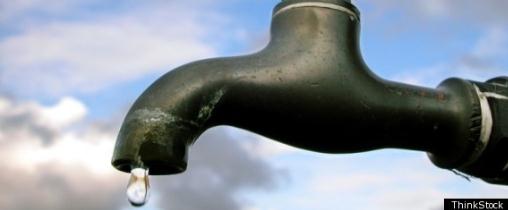
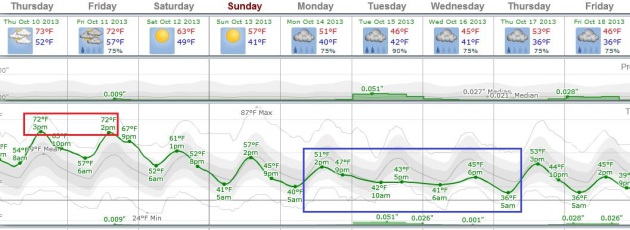
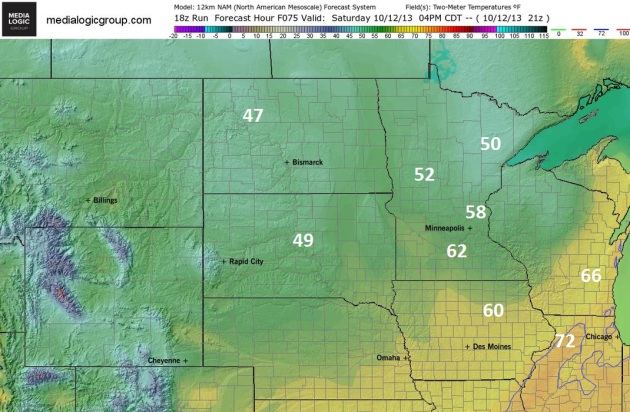
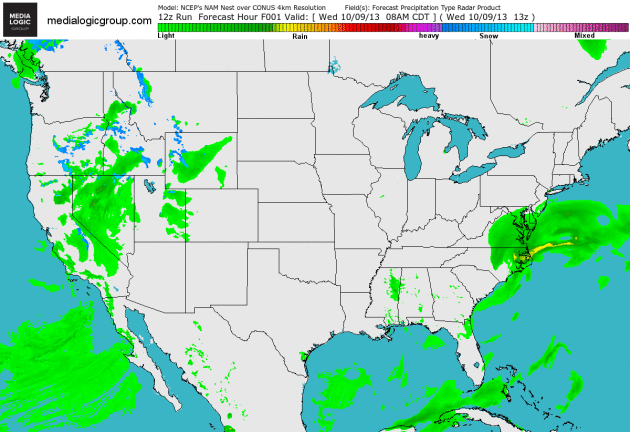
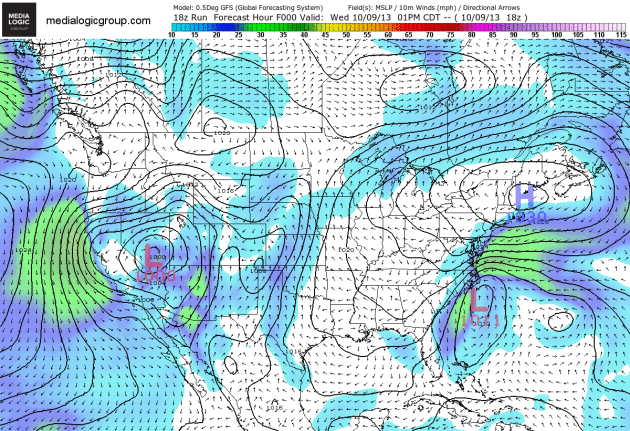
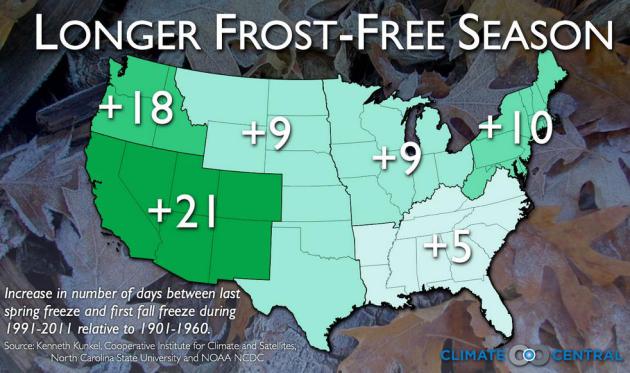
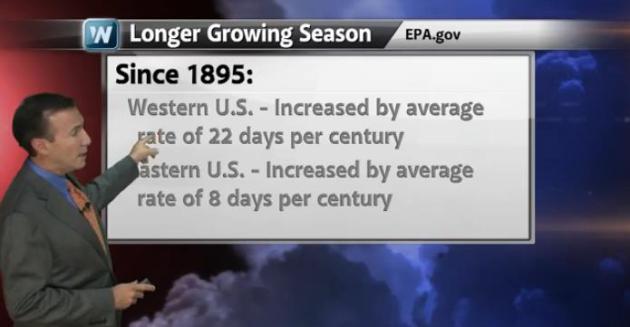
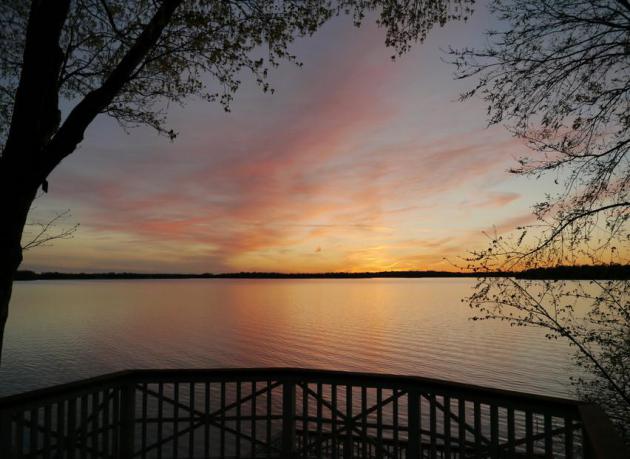
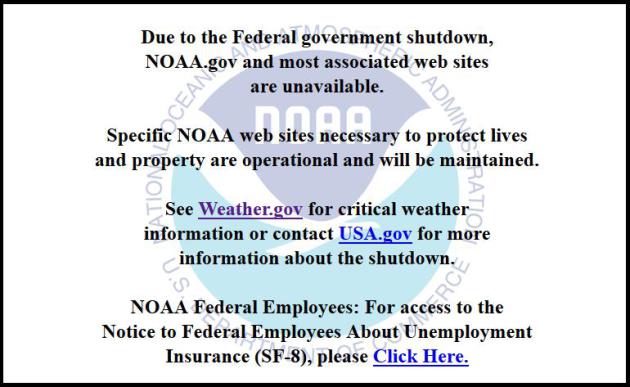
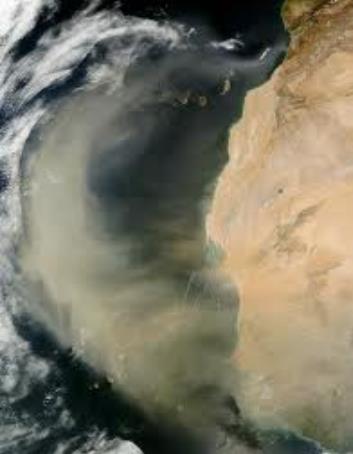
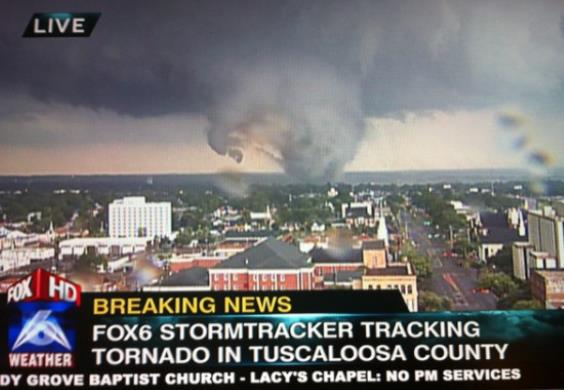
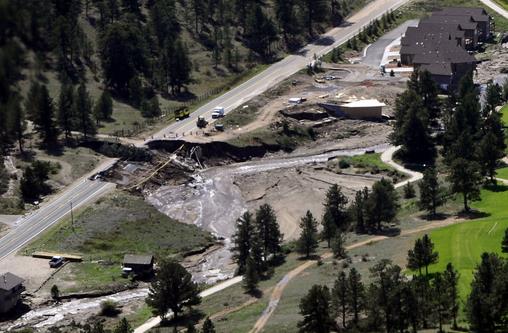

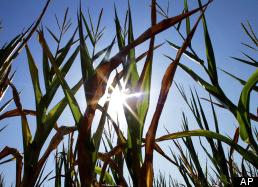

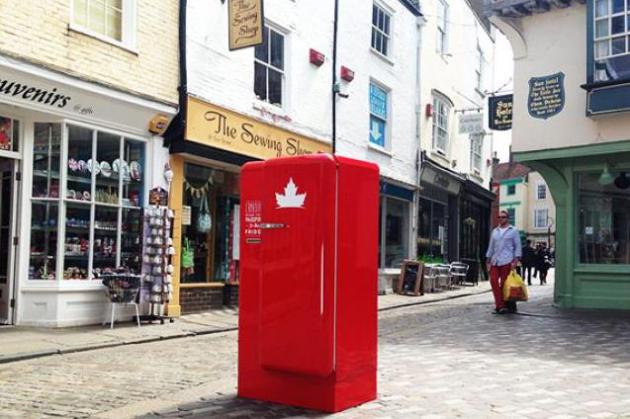

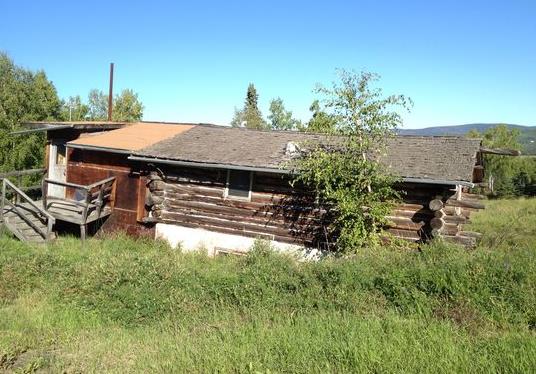
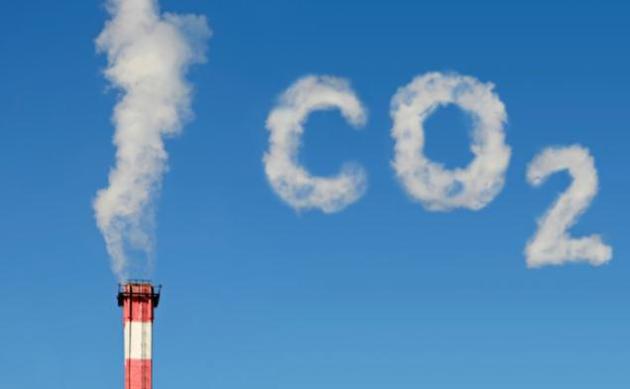
.jpg)
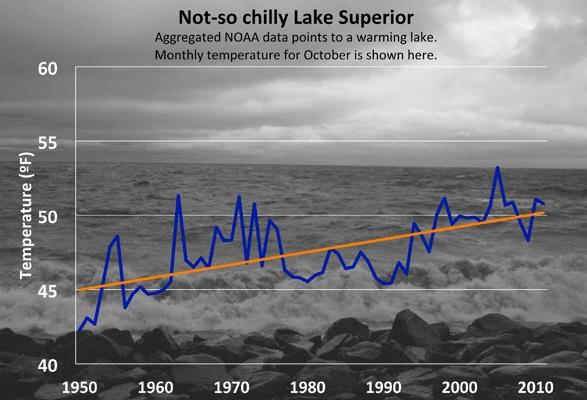
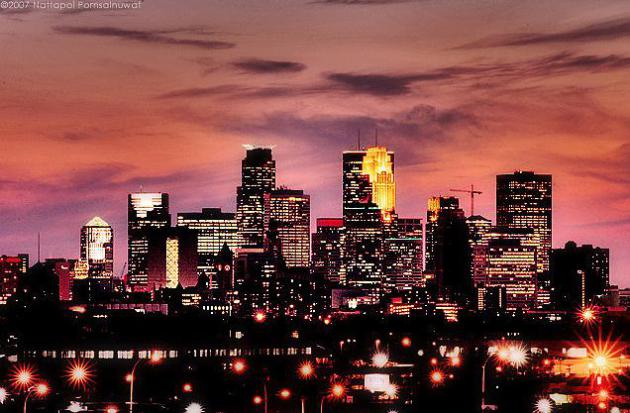
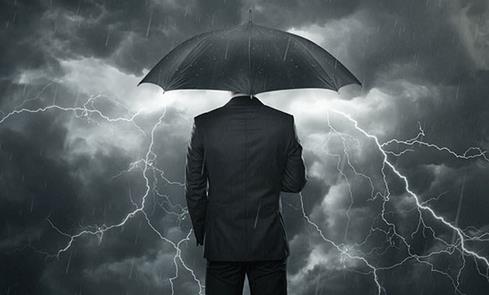


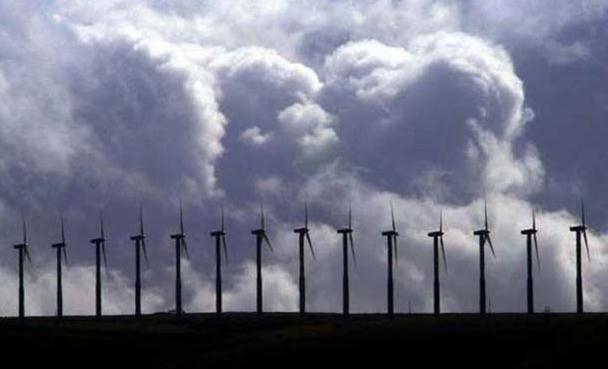
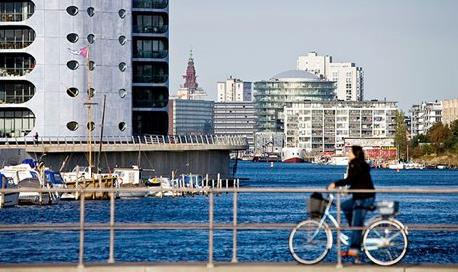
No comments:
Post a Comment